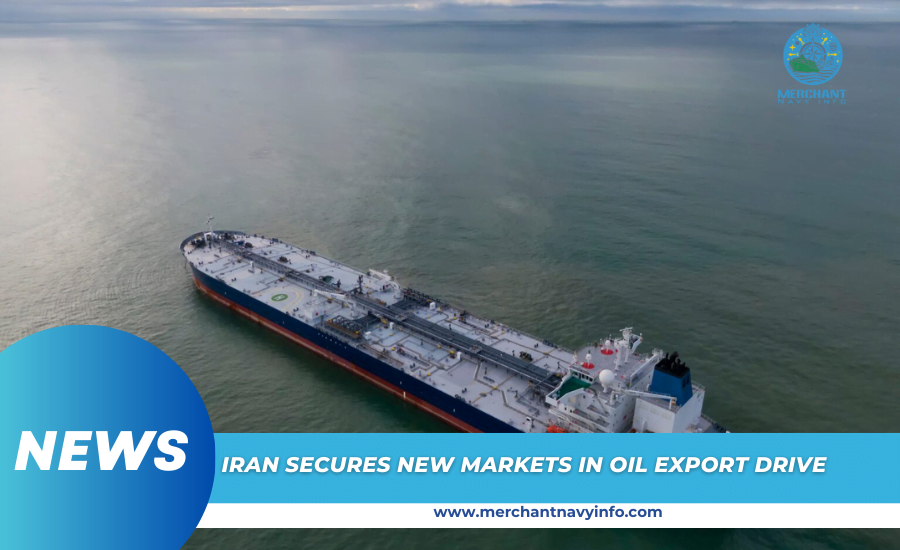
Iran Oil Finds New Destinations In Tehran Export Push
According to sources and shipping data, Iran has sent small amounts of crude to new destinations, including Bangladesh and Oman. This is the latest sign that Tehran is seeking to keep output near five-year highs.
Oil sales are a major source of revenue for Iran, which is looking for ways to circumvent U.S. sanctions on its crude exports. Former President Donald Trump reimposed sanctions on Tehran in 2018 over its nuclear program.
Iran is not subject to production quotas set by the Organization of the Petroleum Exporting Countries (OPEC) and seeks to maximize output and exports.
The semi-official Mehr news agency quoted Oil Minister Javad Ogi saying in July that Iran sells crude to 17 countries. Including European countries, however, details could not be confirmed.
Claire Jungman of the US advocacy group said that based on available evidence based on shipping data, in a new trade, the Golden Eagle tanker sailed near the Bangladeshi port of Chittagong. Earlier this year, after receiving oil from another ship that had loaded oil from Iran’s Kharg Island, the group told Reuters.
Jungman said that in April, the Golden Eagle unloaded some of its cargo onto smaller tankers in ship-to-ship transfers around Chittagong. Jungman’s group tracks tanker movements linked to Iran through satellite data.
The cargo to Bangladesh was confirmed separately by another source that tracks oil exports.
An official at state-run Bangladesh Petroleum Corp, which operates the country’s main refinery. Also, said the company had not yet purchased the cargo, making it difficult to identify the buyer.
The owner and directors of the Liberia-based Golden Eagle are listed in a shipping database. However, the company could not be reached for comment.
Iranian officials did not immediately respond to a request for comment.
Syria and Oman
Tehran has pumped over 3.2 million barrels this year, the most since 2018, according to OPEC. After posting one of OPEC’s biggest output increases in 2023 despite U.S. sanctions remaining in place.
Iran’s crude exports have hit record highs this year, with March being the strongest three-month period since mid-2018. According to Petro-Logistics, a Geneva-based company that tracks tanker traffic.
“But now production appears to be stagnating,” said Virginie Bannick of Petro-Logistics.
Shipping sources said at least eight oil cargoes, mostly from Iran, were going to Syria. And some had already been unloaded. However, exports to Syria are below their peak a few years ago as Iran seeks alternative export destinations.
According to UANI’s Jungman Export Analysis, Iranian oil shipments to Syria are expected to average 57,190 barrels in 2024, compared with a peak of 147,000 barrels in 2022.
UANI’s Jungmann said, citing shipping data, that earlier this year, an independent tanker delivered a cargo believed to be Iranian crude to the Omani port of Sohar via ship-to-ship transfer. And another vessel received the cargo from Iran’s Kharg Island.
Ship-tracking sources also confirmed the cargo had arrived in Sohar.
The port of Sohar and the Oman Maritime Security Center did not immediately respond to requests for comment.
Iran has also begun sending cargoes to the northeastern Chinese port of Dalian, adding another new destination for its crude.
Oil shipments from Tehran to China, which does not recognize U.S. sanctions, arrive at the port, helping to keep the country’s oil imports near record highs.
Tanker trackers and distributors say traders are renaming Iranian oil bound for China. As if it originated elsewhere, such as Malaysia, Oman, or the United Arab Emirates.
Homayoun Falakshahi, senior crude analyst at Kpler, said Iran’s oil exports have peaked and stabilized at around 1.5 million barrels per day since February.









